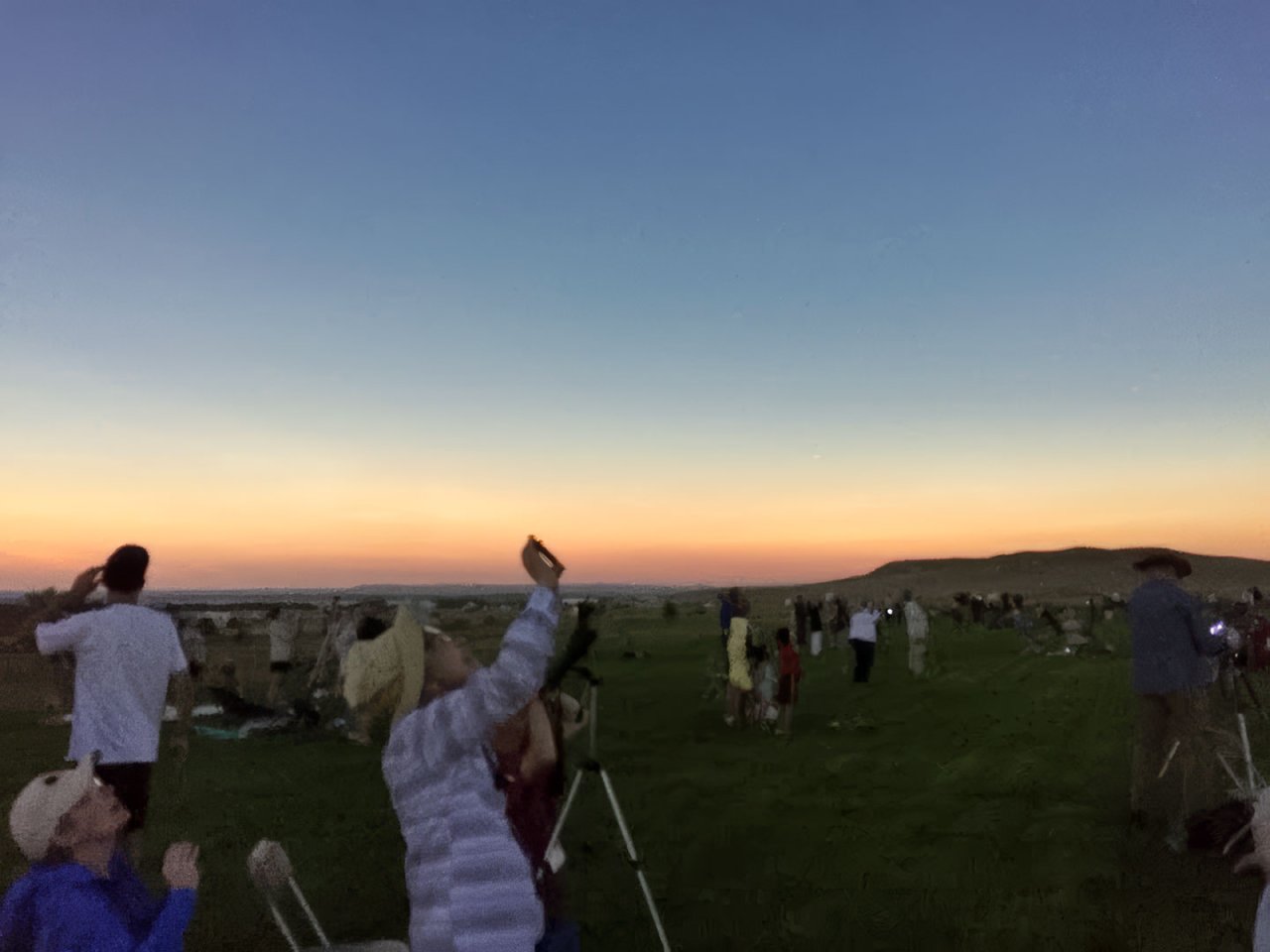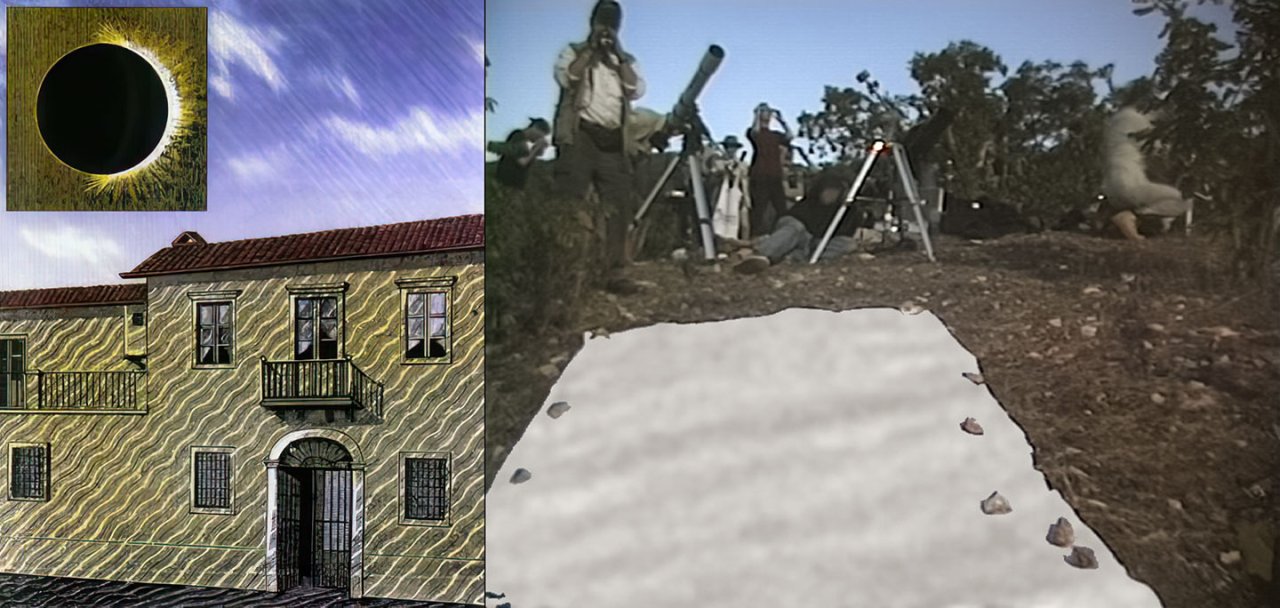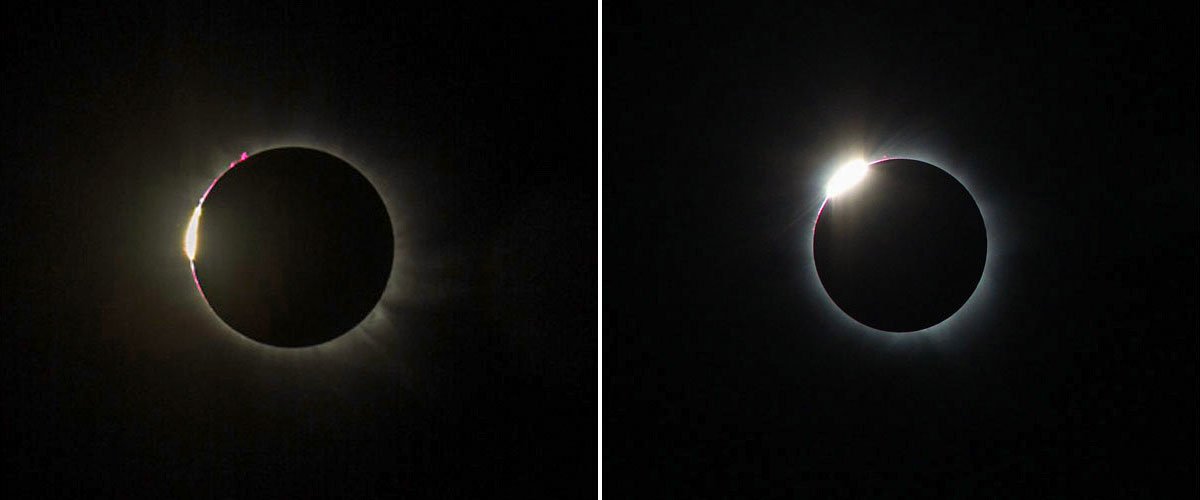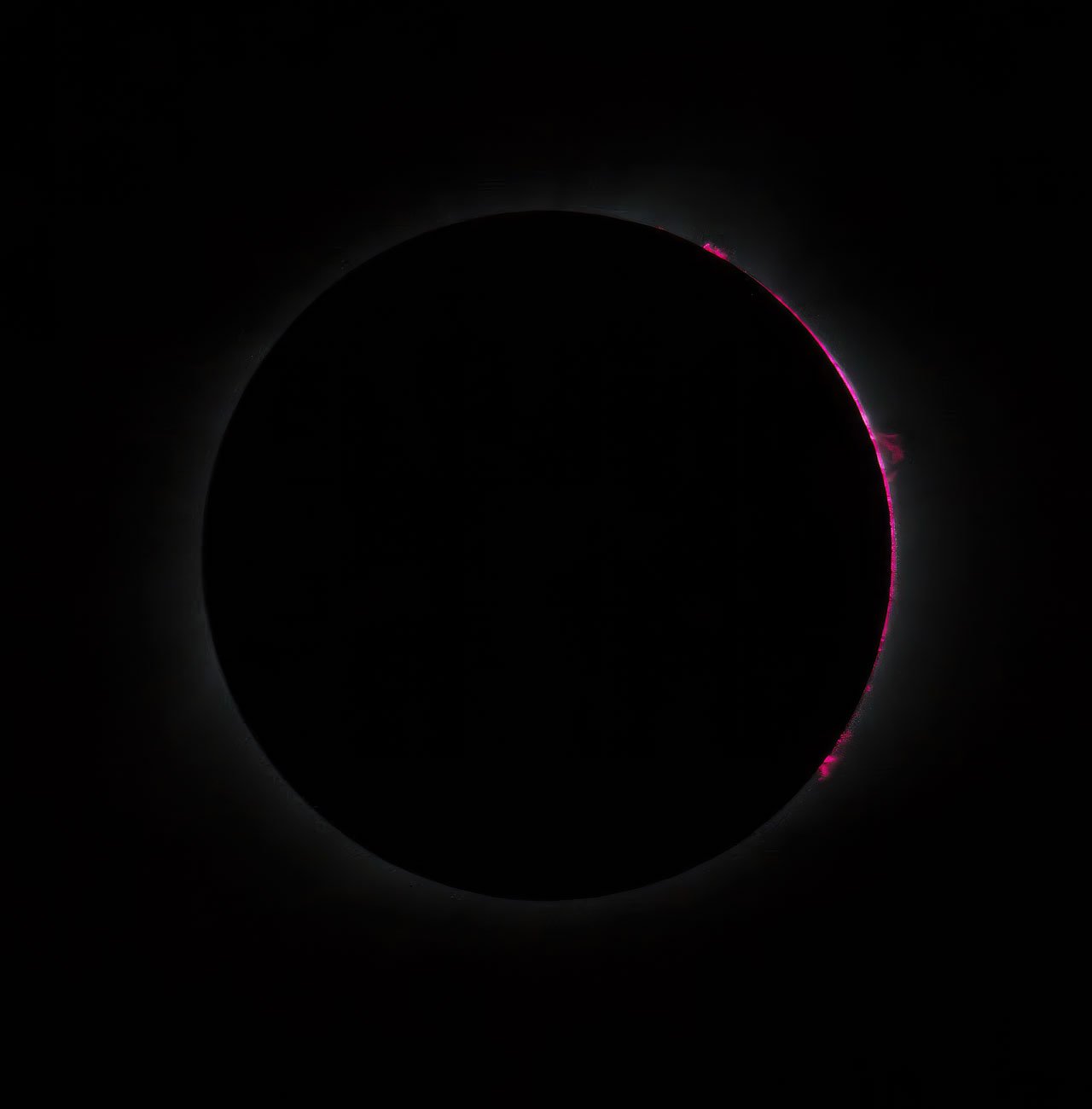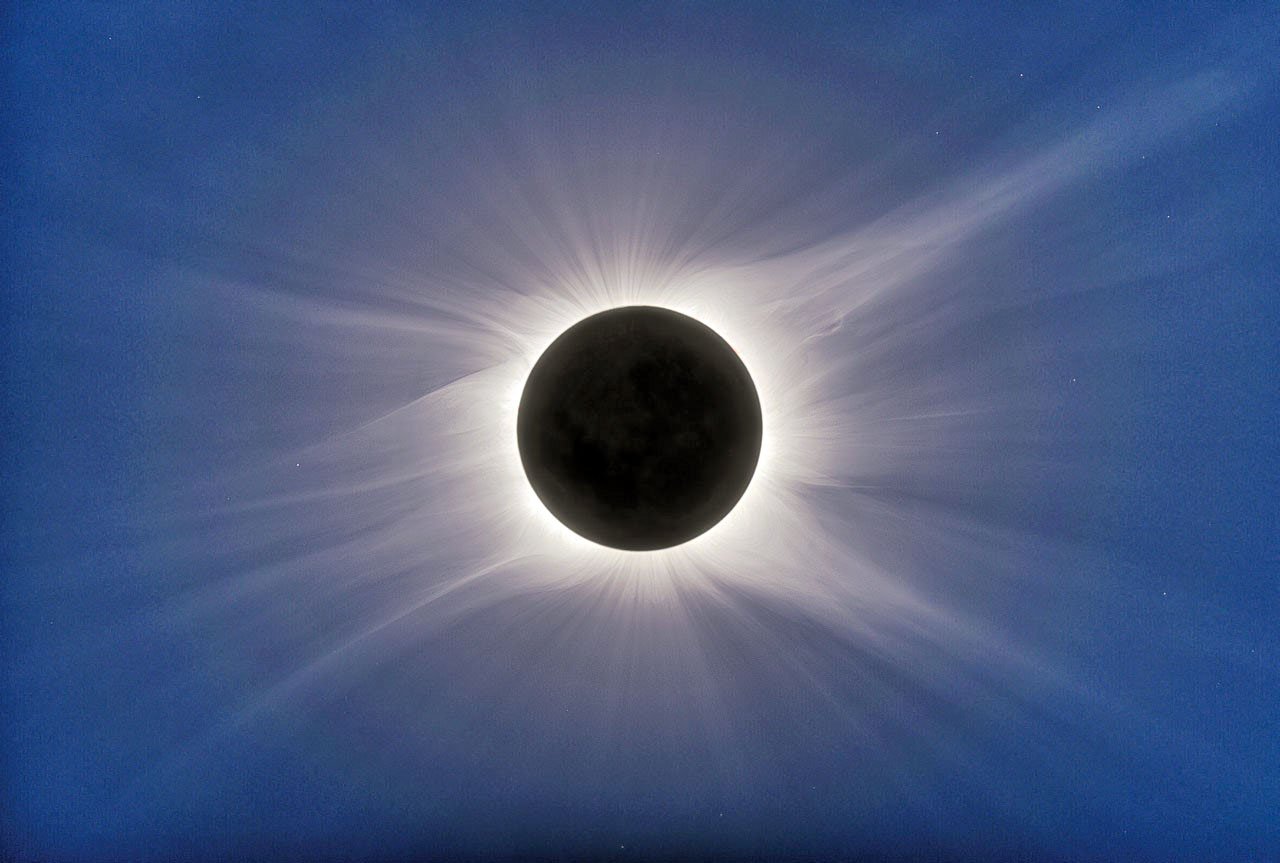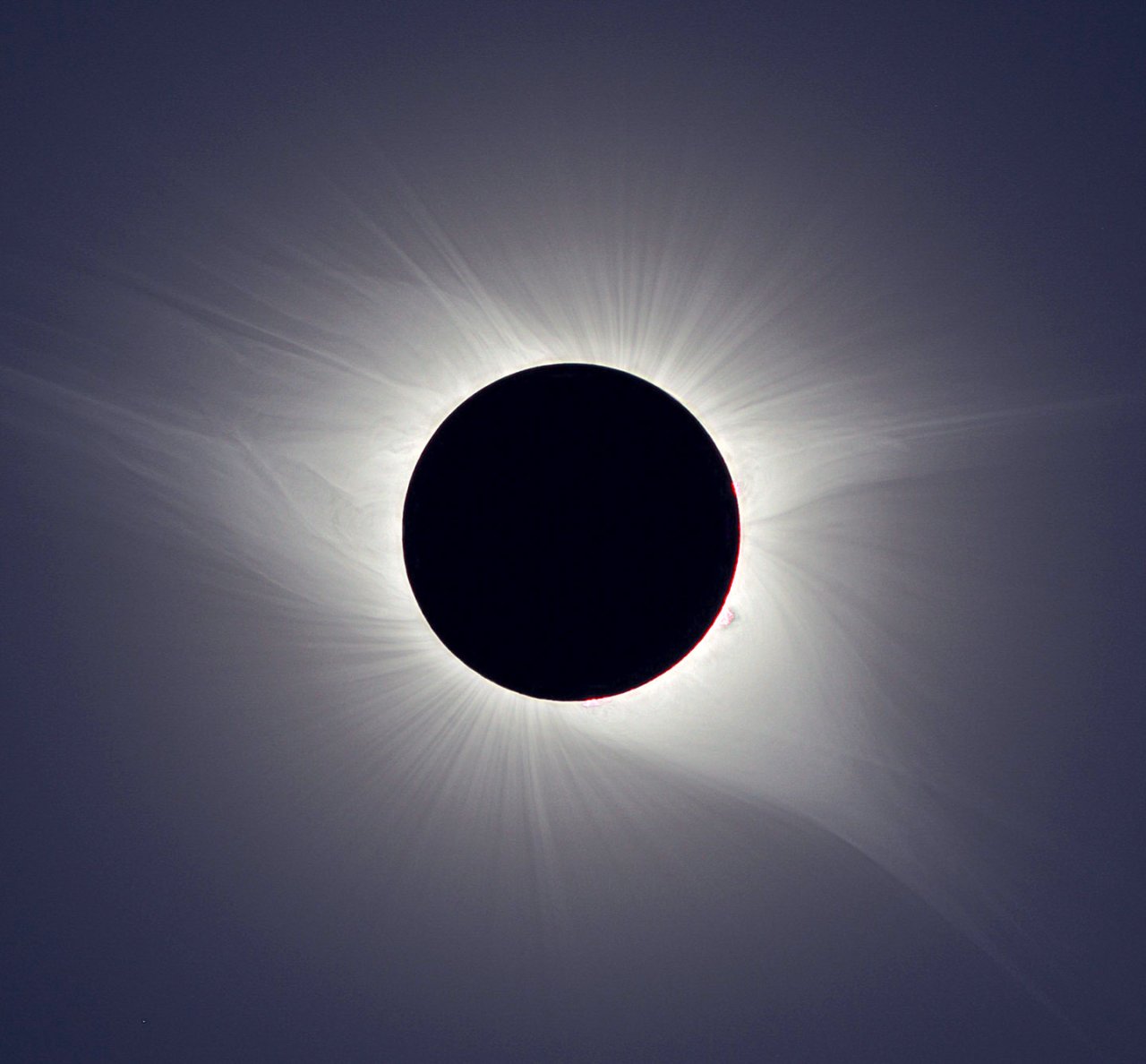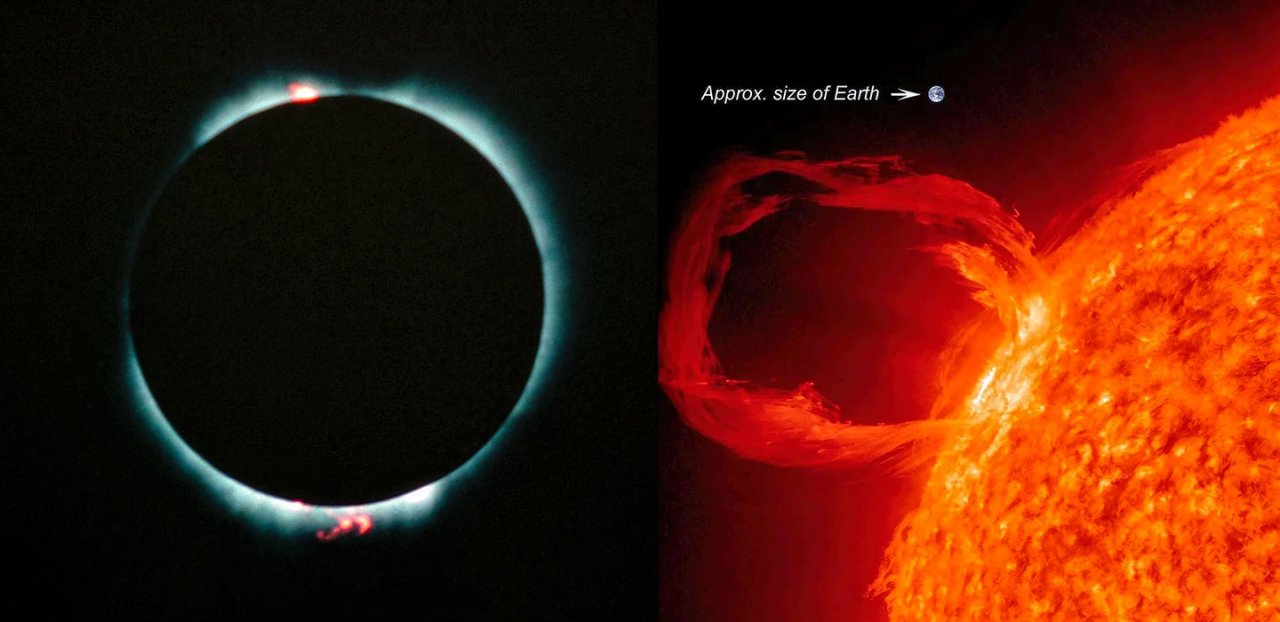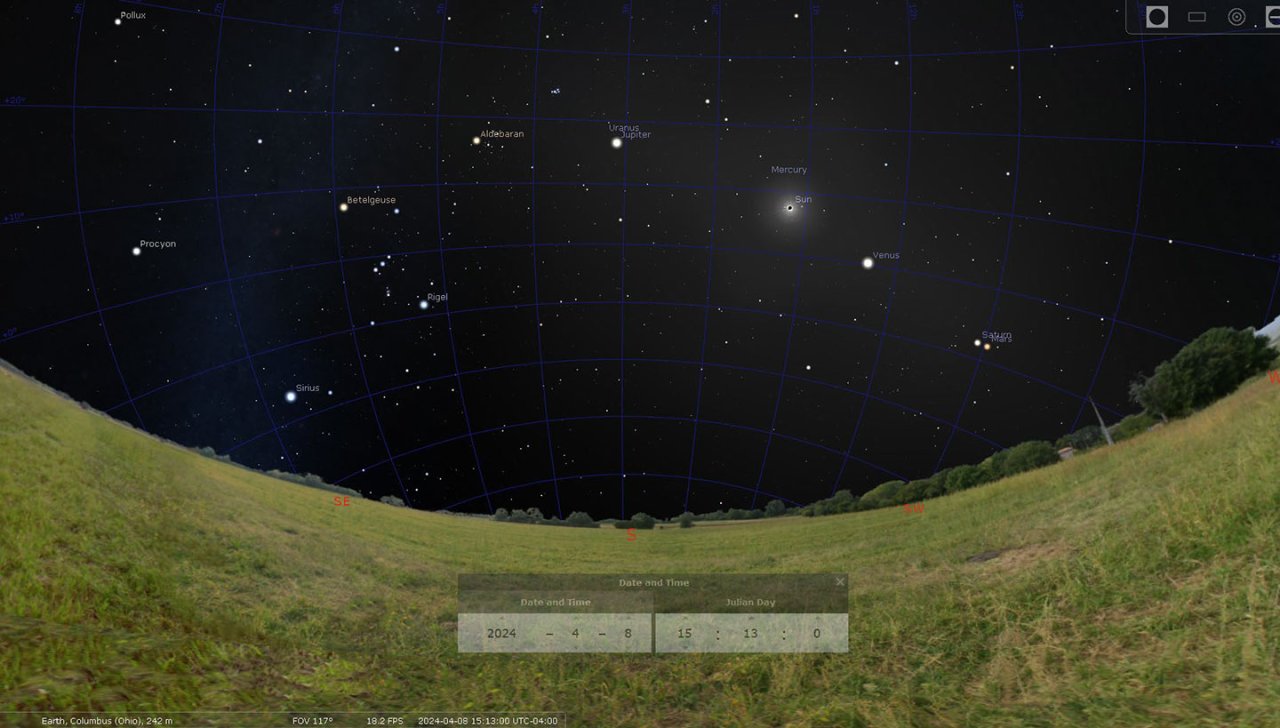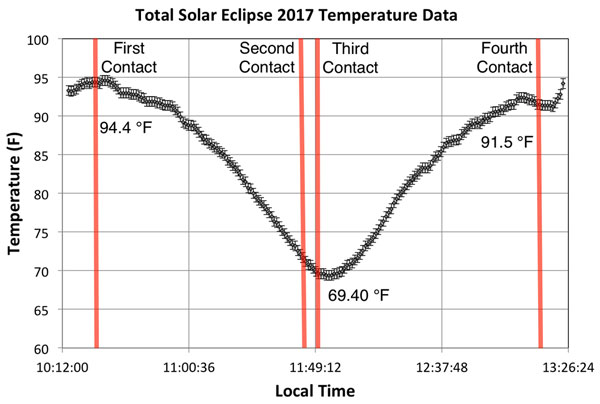Department Contact Info
Location
Schimmel/Conrades Science Center 201
Delaware, OH
43015
Delaware, OH
43015
P 740-368-3907
Department Contacts
Chair: Brad Trees
Richardson-Linebaugh Professor in the Department of Physics & Astronomy
Schimmel/Conrades Science Center 139
740-368-3779 | brtrees@owu.edu
Academic Assistant: Joshua Seiders
Schimmel/Conrades Science Center 201
740-368-3907 | jjseiders@owu.edu
Richardson-Linebaugh Professor in the Department of Physics & Astronomy
Schimmel/Conrades Science Center 139
740-368-3779 | brtrees@owu.edu
Academic Assistant: Joshua Seiders
Schimmel/Conrades Science Center 201
740-368-3907 | jjseiders@owu.edu



